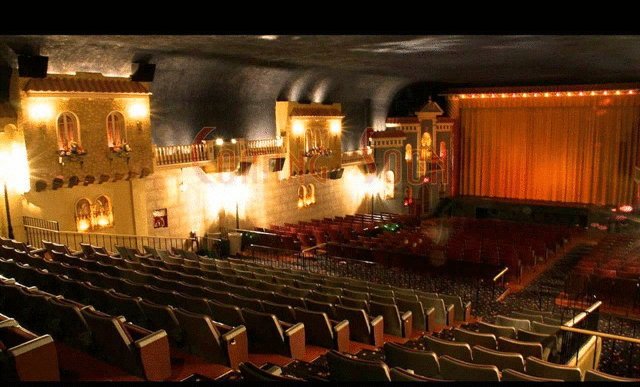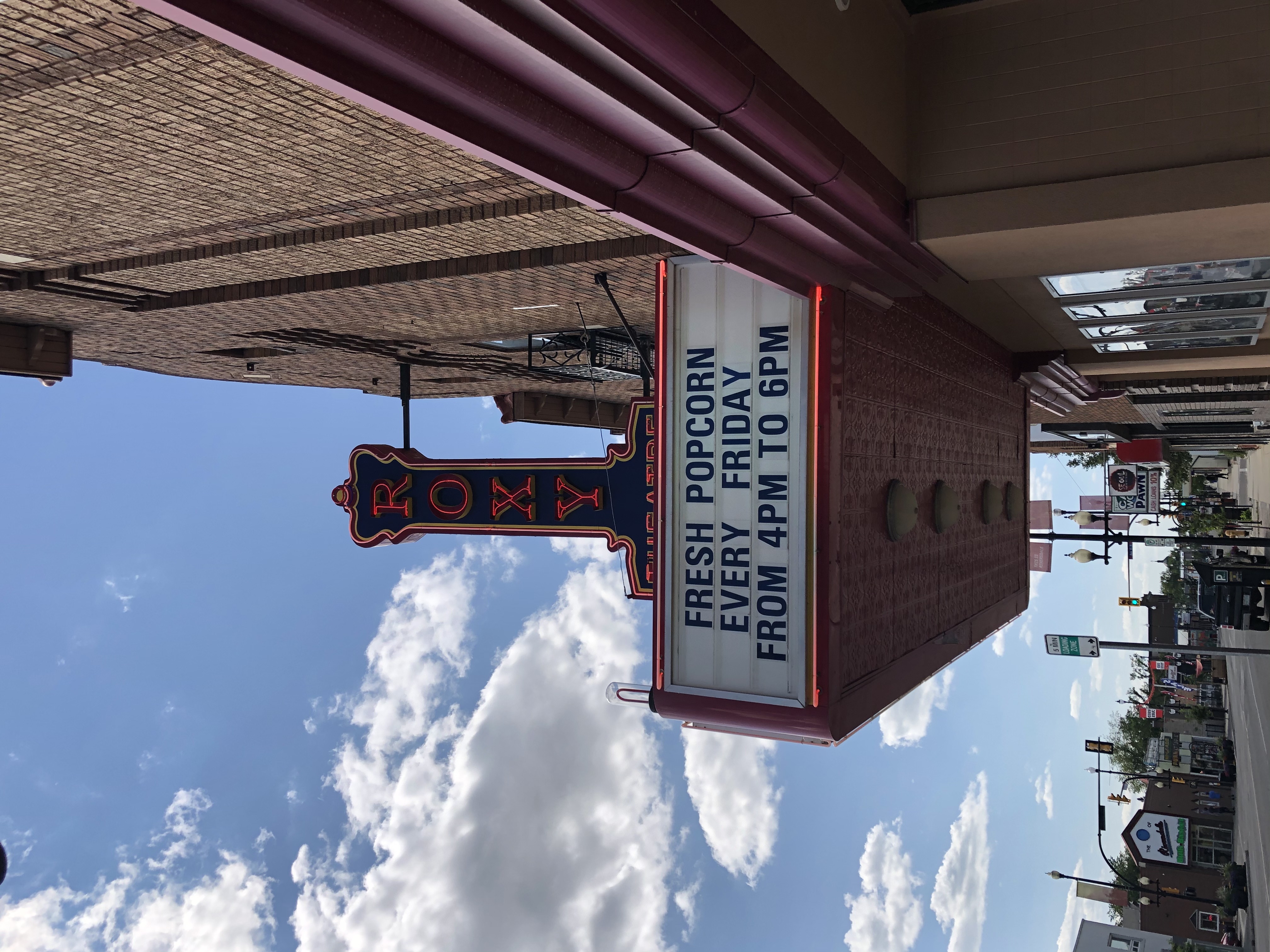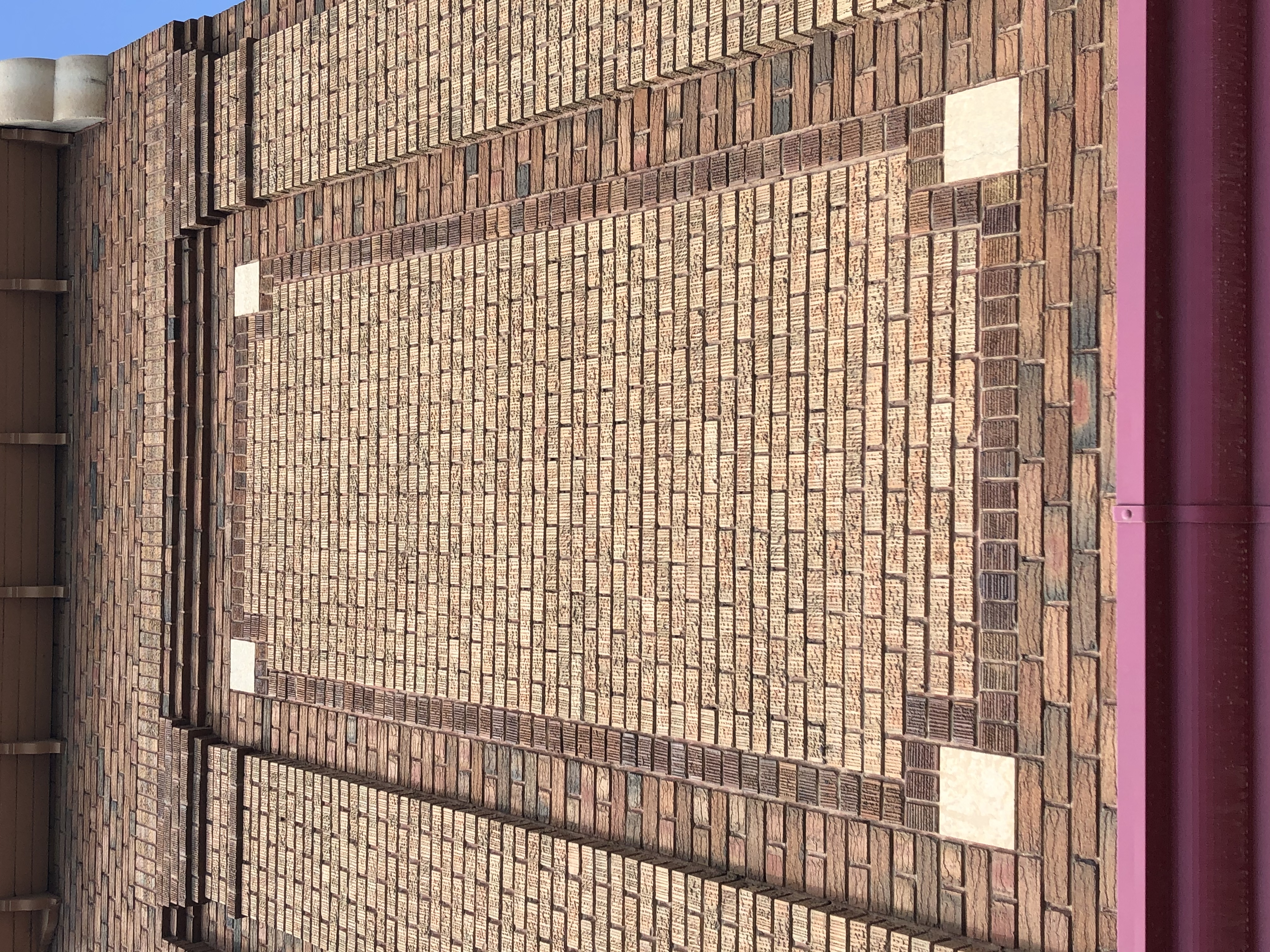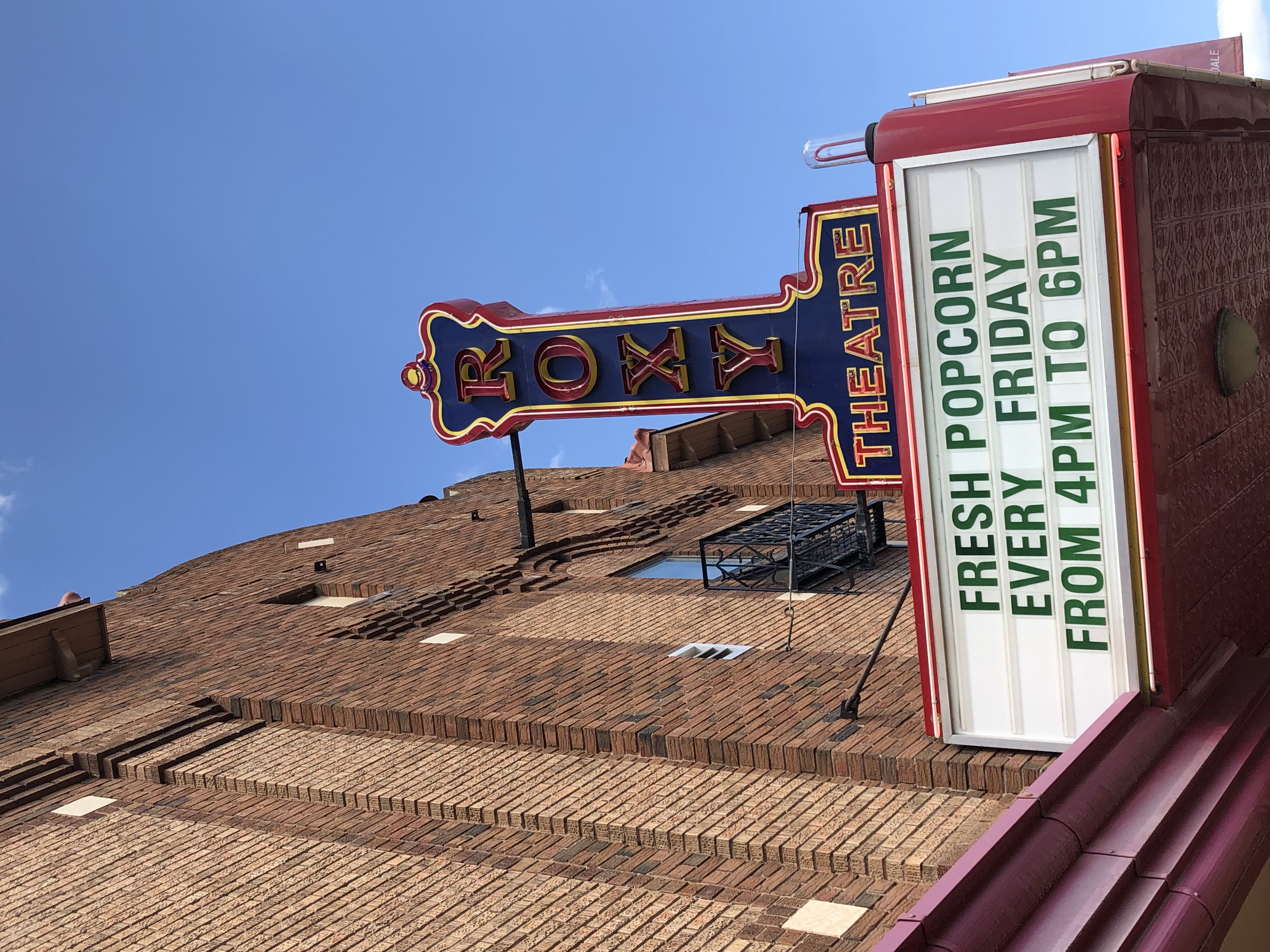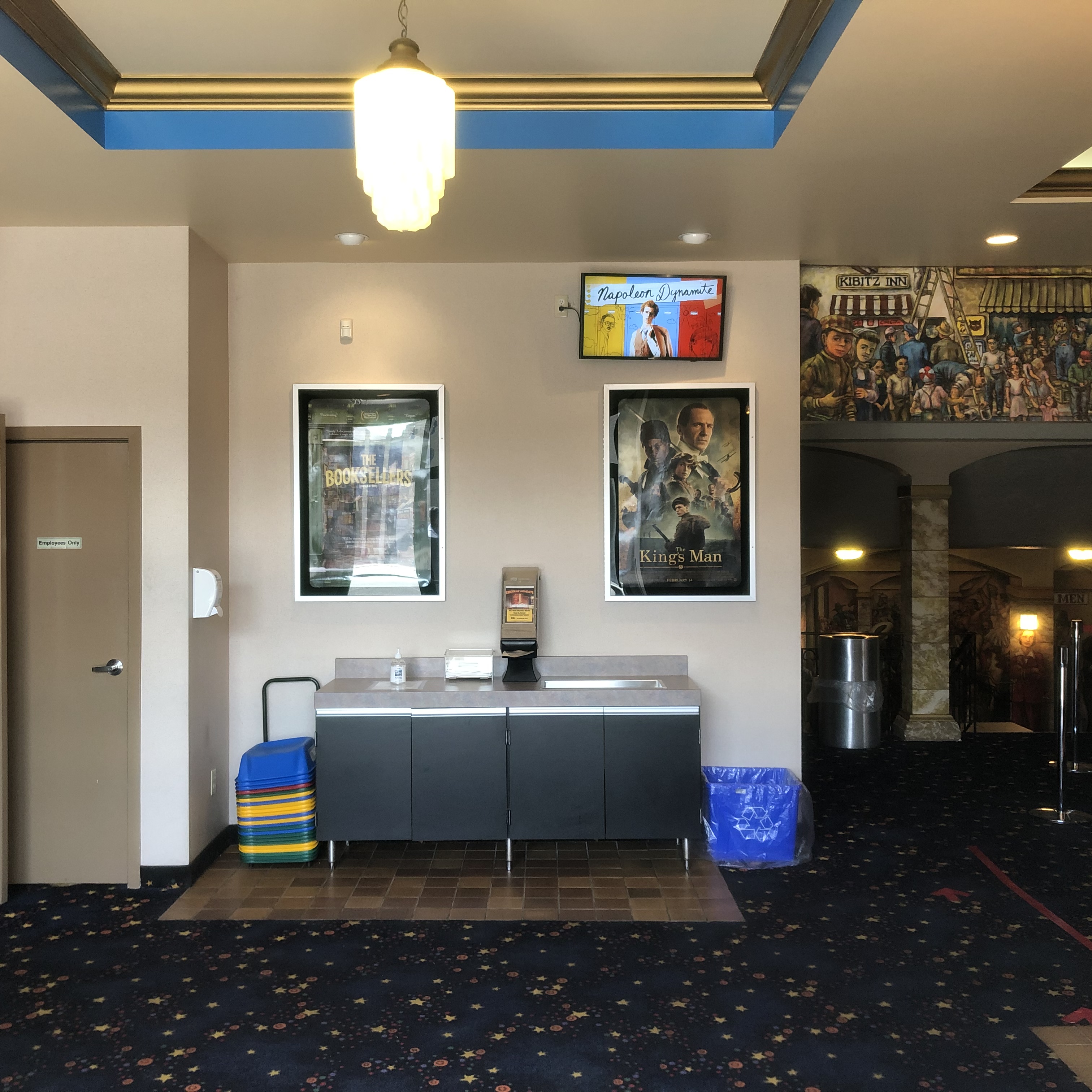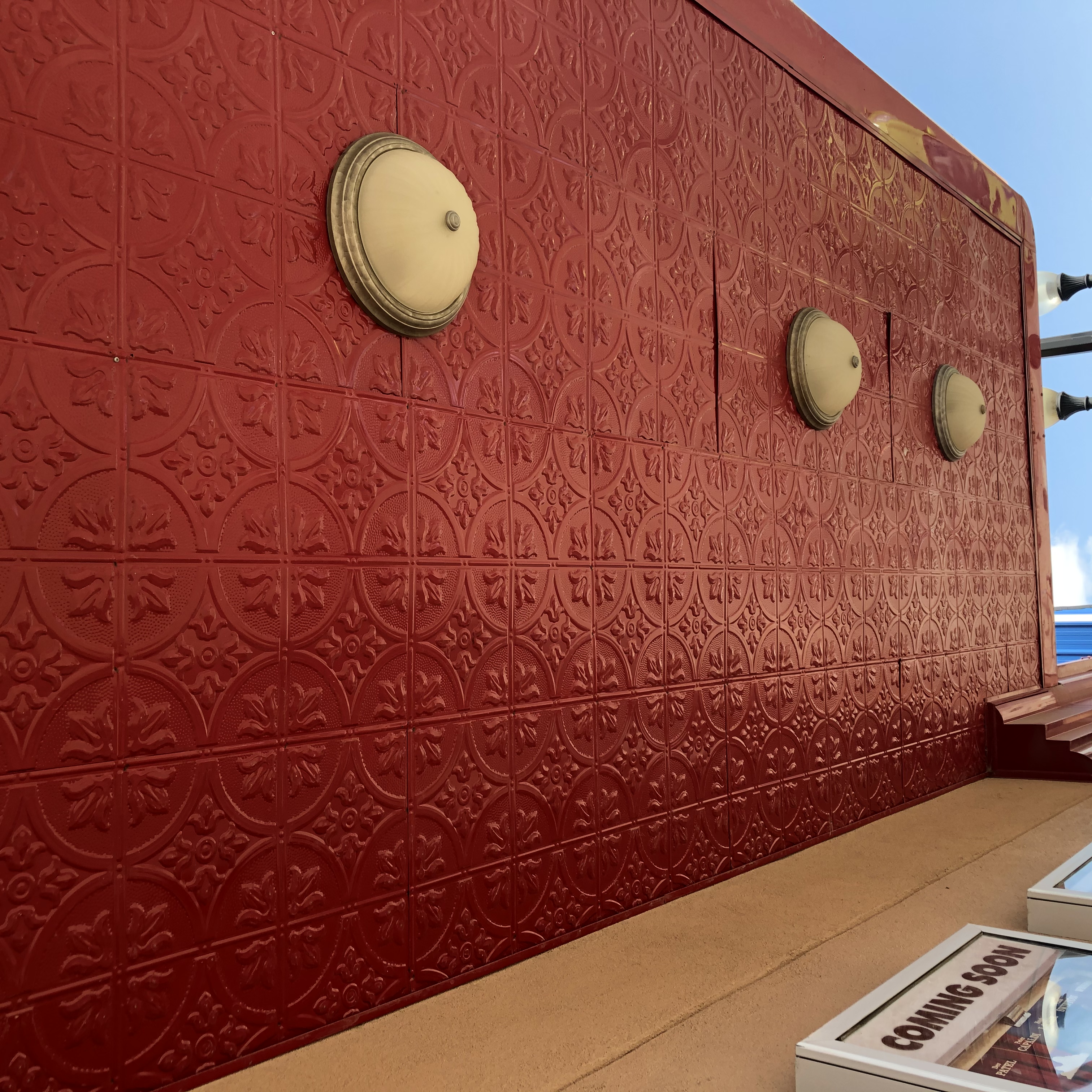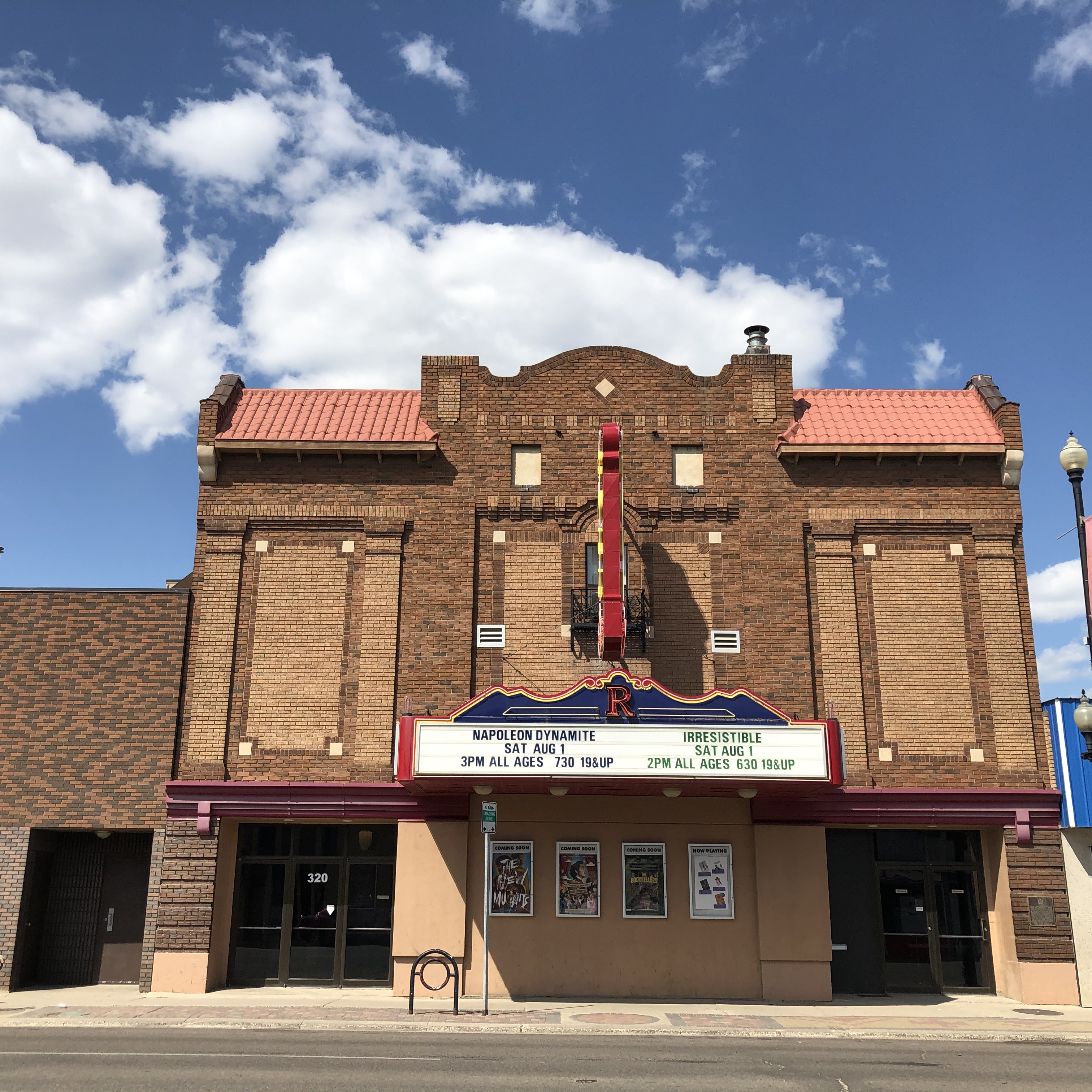Roxy Theatre
| Address: | 320 20th Street West, Saskatoon, Saskatchewan |
|---|---|
| Constructed: | 1929 |
| Architects: | |
| Artists: |
|
| Contractors: |
|
More Information
The theatre was designed in 1929 by Winnipeg architect Max Zev Blankstein for theatre magnate Nathan Rothstein of Rothstein Theatres. The name comes from the Roxy Theatre in New York, which opened in March of 1927. The theatre resembled the Roxy Theatre in Yorkton, Saskatchewan, also designed by Blankstein for Rothstein in 1928. It was built at a cost of $73,000.
The Roxy theatre officially opened on August 28th, 1930. The Roxy, along with the other Rothstein Theatres, would become part of Odeon Theatres in January of 1944. The theatre closed as the Towne Cinema in July 20, 1995. The theatre was dark from 1996 to 2005 and in serious disrepair.
Magic Lantern Theatres undertook renovations exceeding one million dollars. The result was the rehabilitation of Western Canada’s last Spanish Courtyard Atmospheric Theatre. The Roxy Theatre reopened in 2005, keeping much of its original design and charm intact. It is now a cinema as well as performance space.
Design Characteristics
| Developer: |
|
|---|
- The theatre is a brick, stone, concrete, and steel-and-truss structure. The building is 50 feet wide and 130 feet long.
- Typically of Blankstein’s other work, the Roxy was designed as an atmospheric theatre in the Spanish Mission or Spanish Colonial style. It was the second atmospheric theatre to open in Saskatoon.
- Patrons entering the theatre would be immersed in the false gardens, balconies, windows, and parapets of a Spanish courtyard. The ceiling, was painted in the motif of a night sky, with twinkling stars set against a blue background.
- The Roxy may be one of Blankstein’s most ornate. The Mission-Revival style parapet, characteristic of Blankstein theatres, is further accentuated by a sloped clay-tile roof on either side, under which are dentiled eaves.
- Another common feature of Blankstein’s work is the use of square and diamond mouldings in brick and stone. The Roxy has many of these, at times embedded within larger forms.
- Brick quoins are used in creative ways, with the dark brick of the facade contrasting the lighter brick along the sides. Lighter toned brick quoins blend into the vertical moulding and window arch along the centre of the facade.
- Bay windows stand at either side of the facade, accentuating the entrance and ornate canopy.
- Along the centre of the facade is an ornate neon sign which reads “Roxy Theatre”. The sign, had been covered for many years but was restored in 2005.
- The featured murals are, in some sense, original. For its 2005 reopening, artist Fred Harrison utilized old photos to recreate the theatre’s murals.



